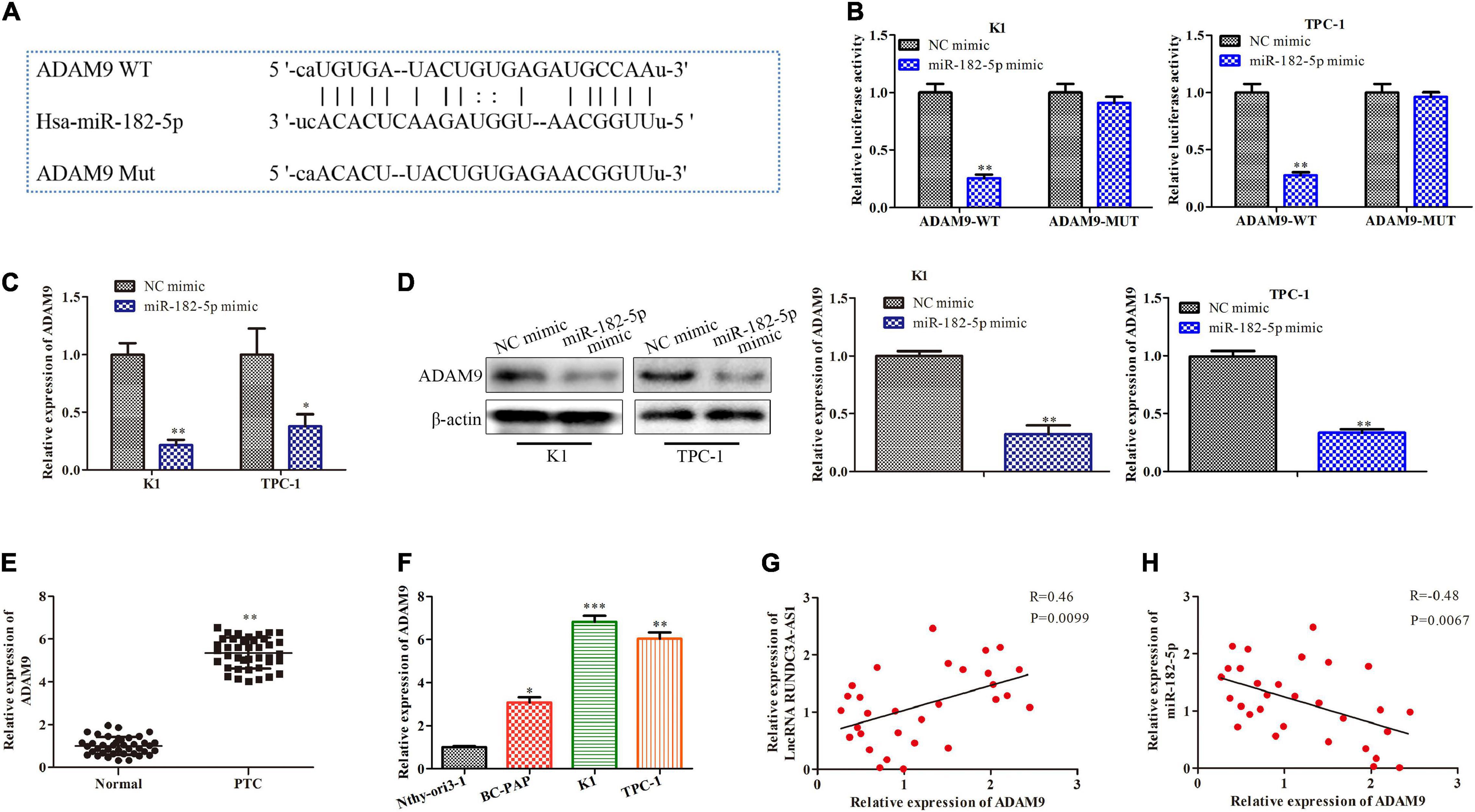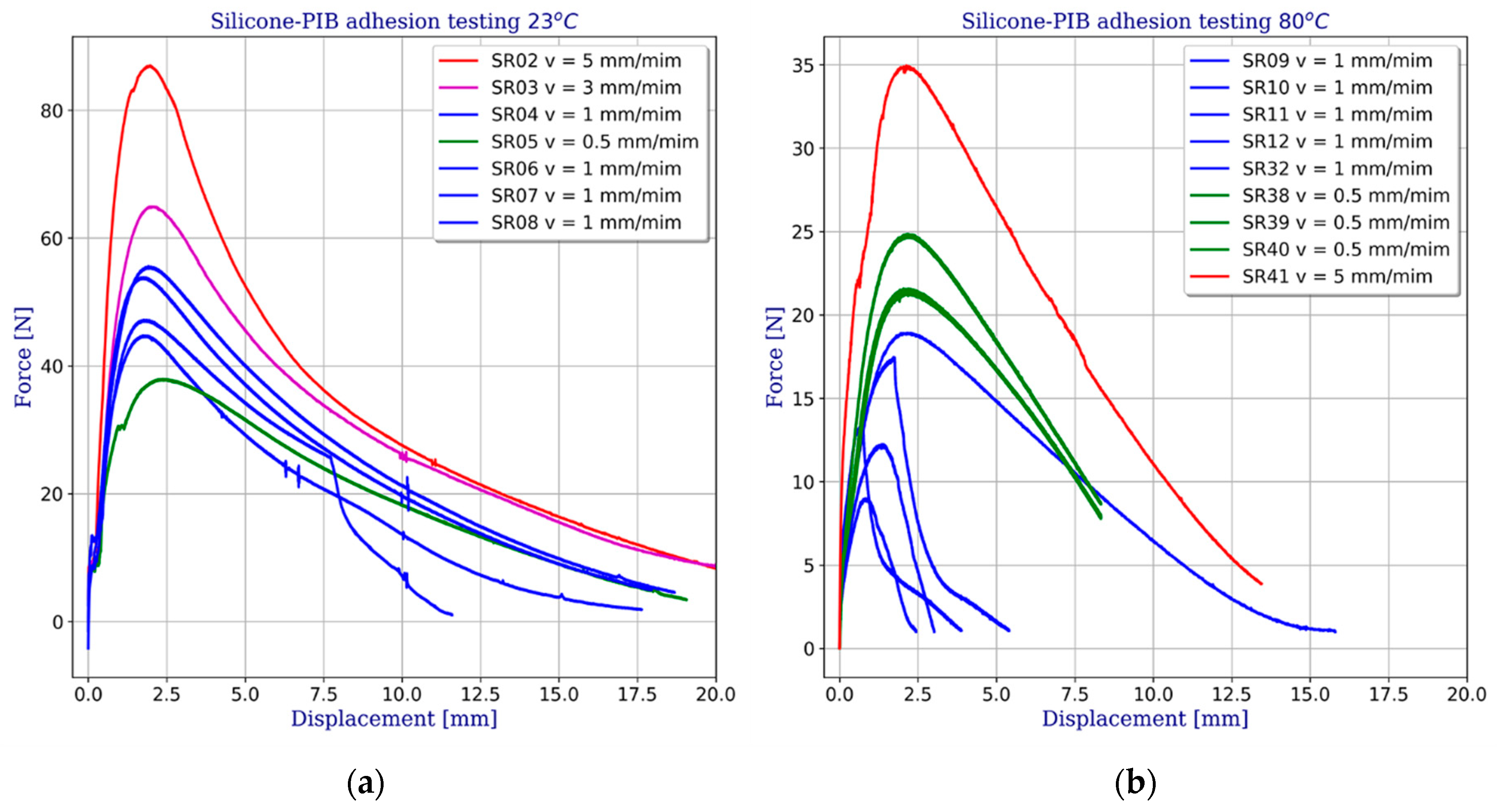


and ……………….resistance is observed.ġ6)Expression for “Q allowable” using Mehyerhoff s equation in FPS system for B< 4ft isġ7)The contact pressure of flexible footing on non-cohesive soils is:ġ8)In case of lateral loads or moments, the foundation should also be checked to be safe against sliding and overturning The FOS shall not be less thanĢ0) In shallow foundation, the contribution of side shear stress is …….?Ģ1) Which of the following statement is correct?Ī The settlement of rigid footing on cohesion less soil is uniform throughout.ī The settlement of flexible footing on cohesive soil is less in the center than at the edges.Ĭ The settlement of flexible footing on cohesion less soil is more in the center than at the edges.ĭ The settlement of rigid footing on cohesive soil is uniform throughout.Ģ2) In shallow foundation if Rw = 1&Rw\’ = 0.5 than where the water table lies:Ģ3) If Qu = Qs+ Q b where Qs = Shaft resistance,Qb = Bearing resistanceĪnd Qs is greater than Qb the pile is classified asĢ4) Which type of pile is used near sea to protect harbor just by absorbing the effect of floating objectsĢ5) For over consolidated soil the value of OCR isĢ6) Find the approximately No. Coefficient of consolidation is 0.015 cm2 per minute.For attaining 50% consolidation with a time factor of 0.20, the number of days required?ġ1) A Standard proctor compaction test performed on sample of crushed limestone(Gs=2.70) obtained a maximum dry unit weight of 90 Pcf at OMC.A field compacted sample showed a moisture of 28% and unit weight of 103.7 pcf.Find the relative compaction (RC)=?ġ2)The moist unit weight of a soils is 16.5 KN/m3.Given that the w=15% and Gs=2.70, Find the porocity n=?ġ3)Number of blows N=32, Find allowable bearing capacity in KPa =? using Bġ4) The permissible settlement of a shallow foundation on a rock evaluation of safe bearing pressure from a plate load test is taken as ………………ġ5) In loose coarse gravel, the split spoon (SPT) tends to slide into the ……………….

Drainage is possible both at upper and lower surfaces. Lines more previous than claysĤ) The design of ……………………………………………… dams vary much based upon the permeability of soils used:ĥ) Units for K (co-efficient of permeability ) are :Ħ) Major principle stress is given by ð1 = 40 KN/m^2 and Minor principle stress is given by ð3 = 20 KN/m^2, share strength is givin by :ħ)Unconfined compressive strength is given by 120 KN/m^2, what will be the unconfined shear strength or cohesion?Ĩ) According to ASTM D2573, in Field Vane Shear test with the vane in position, apply the torque to the vane at a rate which should not exceed _.ĩ) According to ASTM D2573, Field Vane Shear test in case of very soft clays the time to failure may be as much as _.ġ0) A structure is erected on impervious clay whose thickness is 12m. In SPT, The test uses a thick-walled sample tube, with an outside diameterĢ) In SPT, we terminate the test for no of blows which are obtained to drive the required 12-inģ) Gravels are ……………. Here is this post I will not be discussing about the whole subject of course because it is out of the scope of the post, below are simple, useful and important questions along with answers which all geo-tech and civil engineers must know Why foundation is necessary? Well a common question but very simple answer could be, how will you stand if you don’t have feet? Obviously you will not be able to stand on your own load, thus to stand the loads of the building along with the live load of persons, machinery etc, footing is needed secondly if we place the column or wall directly over the footing the wall or column will sink easily due to high contact pressure.Ĭontact pressure is decreased by increasing surface area and this is where the footing plays its role to distribute the load over a larger or wider area. Geo-technical and foundation engineering MCQS The ultimate destiny of any load in the structure is the underneath supporting soil and the mean which we adopt for this transfer is footing. The portion upon which the load of building or super-structure rests is called a foundation and the lower part of the foundation is footing. Like the name of the subject it plays a pivotal role in the success or failure of any structure.

Foundation and geo-technical engineering is a very interesting and useful field of civil engineering.


 0 kommentar(er)
0 kommentar(er)
